Is Osteoarthritis Keeping You Out of the Arena?

Osteoarthritis (OA), sometimes referred to as degenerative joint disease, is a chronic, ongoing, agonizing degenerative disease within the cartilage. It can affect any articular joint, which is a joint where two cartilage-covered bones meet. But what exactly is OA and is your horse suffering from it? OA can affect any horse at any age, and 60% of all equine lameness is related to it (USDA 2000, Caron 2003). OA is often associated with poor performance, early retirement, and a significant financial burden for owners of affected athletes (McIlwraith 2012). It is an active response to joint injury resulting from abnormal remodeling of joint tissues driven by a host of inflammatory mediators within the affected joint. (Loeser 2012) The extracellular matrix of articular cartilage is composed of proteins and glycoproteins, principally collagen, and several others (Fox 2009, Roughley 2001).
The progression of OA is driven, at least in part, by upregulation of cartilage matrix degrading proteases, pro-inflammatory cytokines and genes that modulate inflammatory or catabolic processes within the joint (Loeser 2012). The result is loss of articular cartilage caused by extracellular matrix breakdown— the hallmark of arthritis (Liu 2009). This multi-factorial cascade of events may be amenable to molecular interventions targeting these mediators of joint degradation, but it is unlikely that blocking only one of these catabolic factors would be sufficient to suppress the multiple inflammatory and catabolic factors involved in the progression of osteoarthritis (Zhang 2017).
The α2M molecule is unique amongst plasma protease inhibitors because of its ability to inhibit virtually any protease. In addition, it binds and regulates the activity of a number of cytokines, binds and regulates the activity of a number of hormones, and has demonstrated regulation of genes (Rehman 2013). If you are interested in learning more, please visit our website at https://alpha2eq.com or contact us here.
Caron JP and Genovese RL. Principles and practices of joint disease treatment. In: Ross MW and Dyson SJ, eds. Diagnosis and management of lameness in the horse. Philadelphia: Elsevier; 2003:746–764.Fox AJS, Bedi A and Rodeo SA. The basic science of articular cartilage: structure, composition, and function. Sports Health. 2009;1(6):461-468.
Liu C-J. The role of ADAMTS-7 and ADAMTS-12 in the pathogenesis of arthritis. Nat Clin Pract Rheumatol. 2009;5(1):38-45.
Loeser RF, Goldring SR, Scanzello CR, et al. Osteoarthritis: a disease of the joint as an organ. Arthritis Rheumatism. 2012;64(6):1697-1707.
McIlwraith CW, Frisbie DD, Kawcak CE. The horse as a model of naturally occurring osteoarthritis. Bone Joint Res. 2012;1(11):297-309.
Rehman A, Ahsan H, Khan F. Alpha2-Macroglobulin: a physiological guardian. J Cell Physiol 2013;228:1665-1675.
Zhang Y, Wei X, Browning S, et al. Targeted designed variants of alpha-2-macroglobulin (A2M) attenuate cartilage degeneration in a rat model of osteoarthritis induced by anterior cruciate ligament transection. Arthritis Res Ther. 2017;19:1-11.
